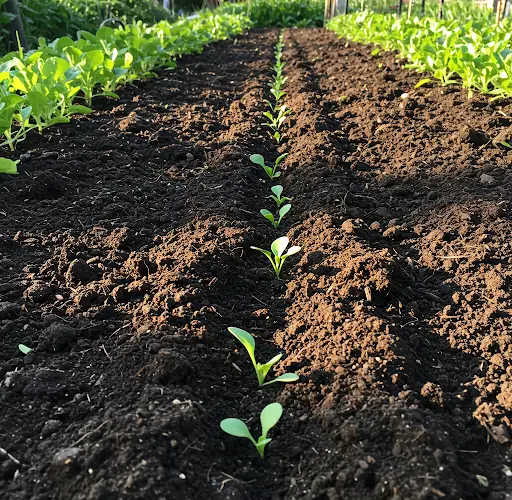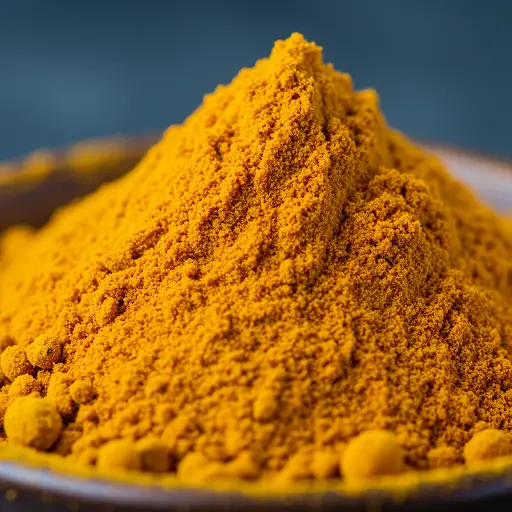How to Turn Harvested Vegetable Soil into a Nutrient-Rich Microbial Solution for Your Garden
When we harvest underground vegetables, such as carrots, potatoes, and radishes, we naturally focus on cleaning them before consuming them. However, did you know that this cleaning process can do much more than simply prepare your veggies for the table? When you pull these vegetables from the soil, they bring with them something extraordinary: an abundance of beneficial microbes that are essential for healthy plant growth. These microbes cling to the root balls and the small amount of soil attached to them, offering a valuable resource to boost your garden’s health and vitality.
Rather than washing away these beneficial microorganisms, you can use this process as an opportunity to create a nutrient-packed solution that will help your garden thrive. Here’s how you can harness the power of these microbes to enhance the health and growth of your plants.
The Hidden Treasure in the Soil
The soil that comes with your harvested vegetables is not just dirt—it’s alive. Packed with a diversity of microorganisms, this soil plays a vital role in supporting plant health. The microbes found in this soil improve soil structure, enhance nutrient uptake, and even protect plants from harmful pathogens. This microbial community can be a powerful tool to boost the overall health of your garden.
Instead of discarding the microbes by washing your vegetables in a sink, you can transform the cleaning process into a beneficial gardening activity. By collecting the microbe-rich water from this step, you can give your plants an instant nutrient boost.
Step 1: Collect Microbe-Rich Water
The first step is to gather non-chlorinated water. Chlorine in tap water can harm the beneficial microbes, so it’s essential to use rainwater or filtered water, which are free from chlorine. Fill a clean bucket with this water and place your freshly harvested vegetables in it. Gently wash off the soil and as you do, the microbes from the roots and the soil will transfer into the water, creating a microbial-rich solution. This is a simple and effective way to give your plants a boost of healthy microorganisms.
At this point, you already have a beneficial solution that can be poured around the base of your plants to help improve their health. This microbe-rich water will work to enhance soil fertility and help the plants access the nutrients they need. However, you can take this a step further to make it even more powerful.
Step 2: Enhance the Microbial Solution with Brown Sugar
To multiply the number of microbes in the water and create a more potent solution, add a small amount of brown sugar to the bucket. Brown sugar acts as a food source for the microbes, providing them with the energy they need to reproduce rapidly. You don’t need much—just enough to give the water a slight sweetness. Stir the mixture gently and let the bucket sit for 3 to 4 hours. During this time, the microbes will feast on the sugar and multiply, potentially doubling or even tripling their numbers. This process essentially creates a microbial super boost for your plants.
Step 3: Apply the Microbial Solution to Your Garden
After allowing the solution to sit for a few hours, your bucket of water will be transformed into a powerful microbial solution. This enriched water can now be poured around the base of your plants. The microbes will work to break down organic matter in the soil, improve soil fertility, and enhance the plant’s ability to absorb essential nutrients. Over time, your plants will benefit from increased microbial activity in the soil, leading to healthier growth, better root development, and improved yields.
The impact of this simple process will be noticeable as your plants become stronger and more vibrant. You will also likely see faster growth and improved harvests as the microbial solution works to support the health of your garden.
Why This Method Works
This technique works because it taps into the natural microbial communities that already exist in your garden. By using the soil attached to harvested vegetables, you’re not just throwing away valuable resources. Instead, you’re creating a microbial solution that can help sustain the ecosystem of your garden. This method is an effective way to boost plant health without relying on synthetic fertilizers or chemicals.
Additionally, by using brown sugar to fuel the microbial growth, you’re encouraging the development of a more robust microbial community, which will continue to benefit your soil and plants in the long term. The microbes help break down organic matter, enhance nutrient availability, and protect plants from harmful pathogens, making this process a holistic way to improve the overall health of your garden.
Conclusion
Harvesting vegetables from your garden isn’t just an opportunity to gather food—it’s also a chance to gather valuable resources that can enhance your garden’s soil health. By capturing the microbe-rich water from washing your vegetables and enriching it with brown sugar, you can create a powerful microbial solution that will help your plants thrive. This simple, natural method of fertilizing is a great way to improve soil fertility, boost plant health, and encourage better growth.
Incorporating this process into your gardening routine not only recycles valuable microbial resources but also creates a healthier, more sustainable garden environment. By giving your plants the gift of these beneficial microbes, you’ll help them grow stronger, faster, and more productively—leading to a healthier garden overall. So next time you harvest those root vegetables, remember that they offer more than just a tasty meal—they provide a valuable tool for your garden’s success.



